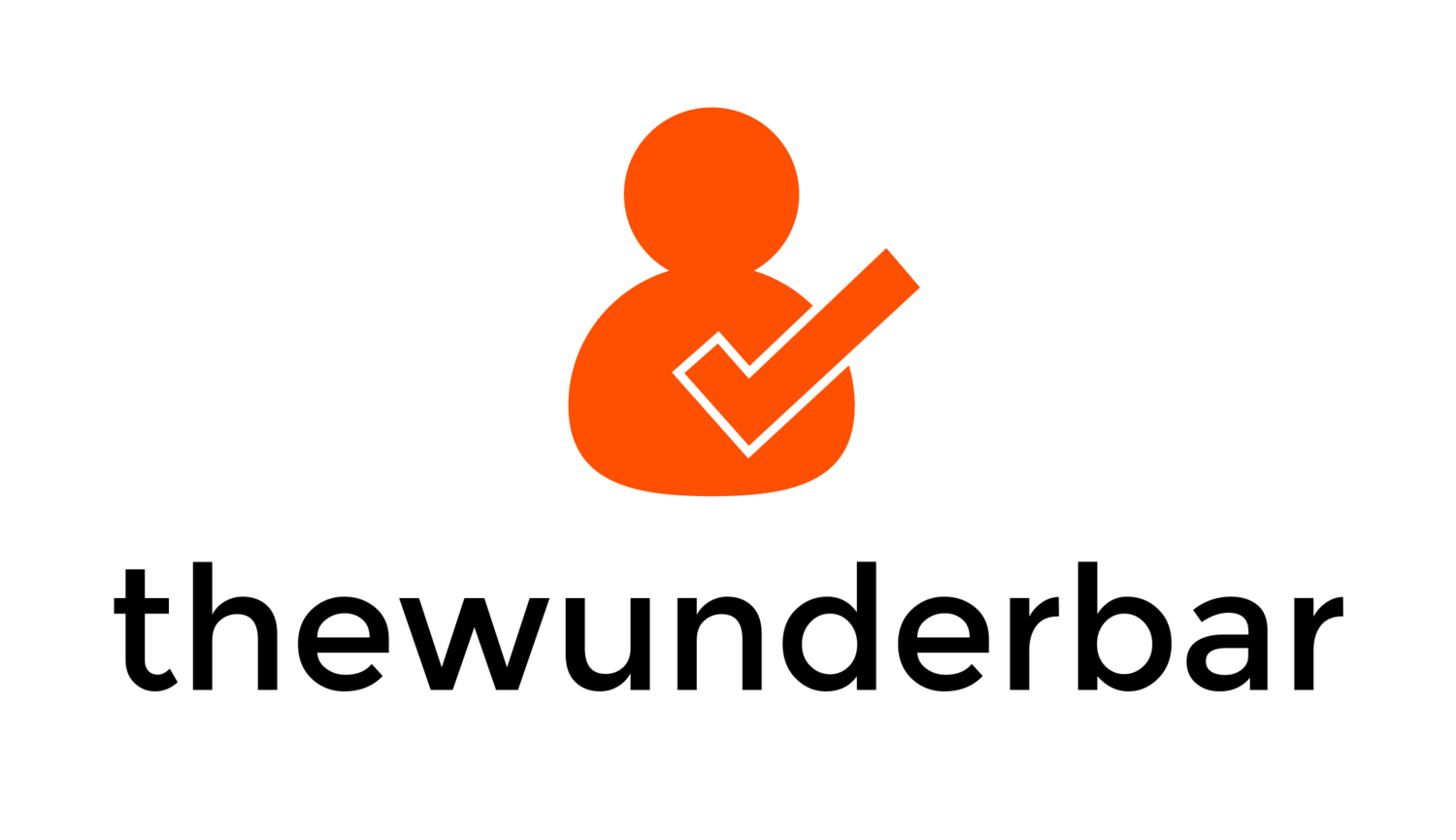Shaw today announced that it is going to, at least temporarily, suspend the service which would have enabled usage based billing on their internet plans. Usage Based Billing had gone into effect on January 1, 2011. For a more detailed explanation please see my article I wrote about this here.
In the press release, and on a page on the Shaw website, Peter Bissonnette, President of Shaw Communications, said: "We have been listening to the discussion taking place and determined that we want to hear directly from our own customers before we roll out any kind of program. Wherever we end up needs to work first and foremost for our customers."
Shaw will be conducting public consultation with its customers in it’s service area. Dates, times, and venues will be announced on February 14th.
[read] – Shaw press release
[read] – Shaw website
I’ve spent a bit of time thinking about what this really means. Now, I am pleased that Shaw is willing to at lest go through this process and listen to its customers. Obviously there has been enough of a negative response to this Shaw feels that it must at least try to salvage some positive PR out of this situation. I do commend them for doing this, as it does show that they are at least willing to listen.
Do I personally thing that this means they will stop the usage based billing altogether? In a word: no. Shaw launched a redesign of its website on February 7th, which includes a new data usage tool which is significantly more robust than the previous one. While I do not like the concept of the caps, I do think that Shaw has done a good job with this data usage tool on the new website. I highly doubt that they would have invested the resources into building this new tool for their new website unless they fully intend to go through with usage based billing.
So why have these public sessions? I think that it is so they can say that they have talked to their customers publicly about this new system. Shaw has been widely criticized by many, myself included, for it’s poor handling of the implementation of UBB. Doing this allows Shaw to save face and say that they have listened to their customers and gathered the feedback that the customers really wanted to give. I wish that they would have done this ahead of time, but at least they are offering this olive branch now.
While I am skeptical, and do not believe that this will change the fact that Shaw will put UBB in place in the end, I do believe that these public meetings can be good. If enough people voice their opinion, real change can be made. My ultimate wish is to have UBB overturned altogether. But I don’t believe that Shaw is willing to go that far, unless forced to by a massive outcry by its customers, or by legislation from government. Over 420,000 Canadians have signed a petition to stop UBB. That is not something that can be ignored. Perhaps if enough of those people speak up with Shaw, they will realize that this is something that is so un-popular with their customer base, they will not be able to go forward with UBB at all.
However, I am realistic. I said earlier that I fully expect Shaw to continue with UBB after this consultation process is over. While I completely disagree with UBB, we must deal with the most likely scenario. I have said in previous articles that I am not completely against the idea of usage caps; I am against the idea of unfair usage caps, which the current Shaw caps currently are. Shaw wants to punish the “heavy users” of today. What they fail to realize is that the heavy user of 2011 is the casual user of 2013. Or maybe they do realize that, and this is part of their plan. Either way, with internet usage trending up and while the current proposed caps of 60 and 100 GB may be adequate for most users today, it will not be soon. And what about the average family household with 4-5 internet users. As more and more people user the internet for more and more media rich activities, it will be nearly impossible for a household with more than one person to say under a cap of 60 or 100GB.
The real cost to Shaw is not the amount of data transferred, but how fast they can transfer it. I will talk more about this in a future article, but Shaw’s claims that bandwidth is limited and they can only transfer so much data is an exaggeration and a half truth. A cap of 60 or 100GB will do nothing to change Shaw’s overall service. Service providers in the United States that have put in service caps have limits of 250GB, because their goal is only to stop the true abusers of the system, not those who just want to watch a few movies or TV shows via legal services. If we must have UBB, let us have reasonable, realistic caps, not what we have now.
The way to make this happen is to get involved. We have an opportunity here. Shaw is counting on user apathy in these public consultations. If Shaw really values user feedback as much as they are indicating with this process, then it is up to its customers to make it actually have feedback to consider. It is our responsibility to make this happen. Be active, and let Shaw know that you are not happy. Unless you do that, none of this matters.
